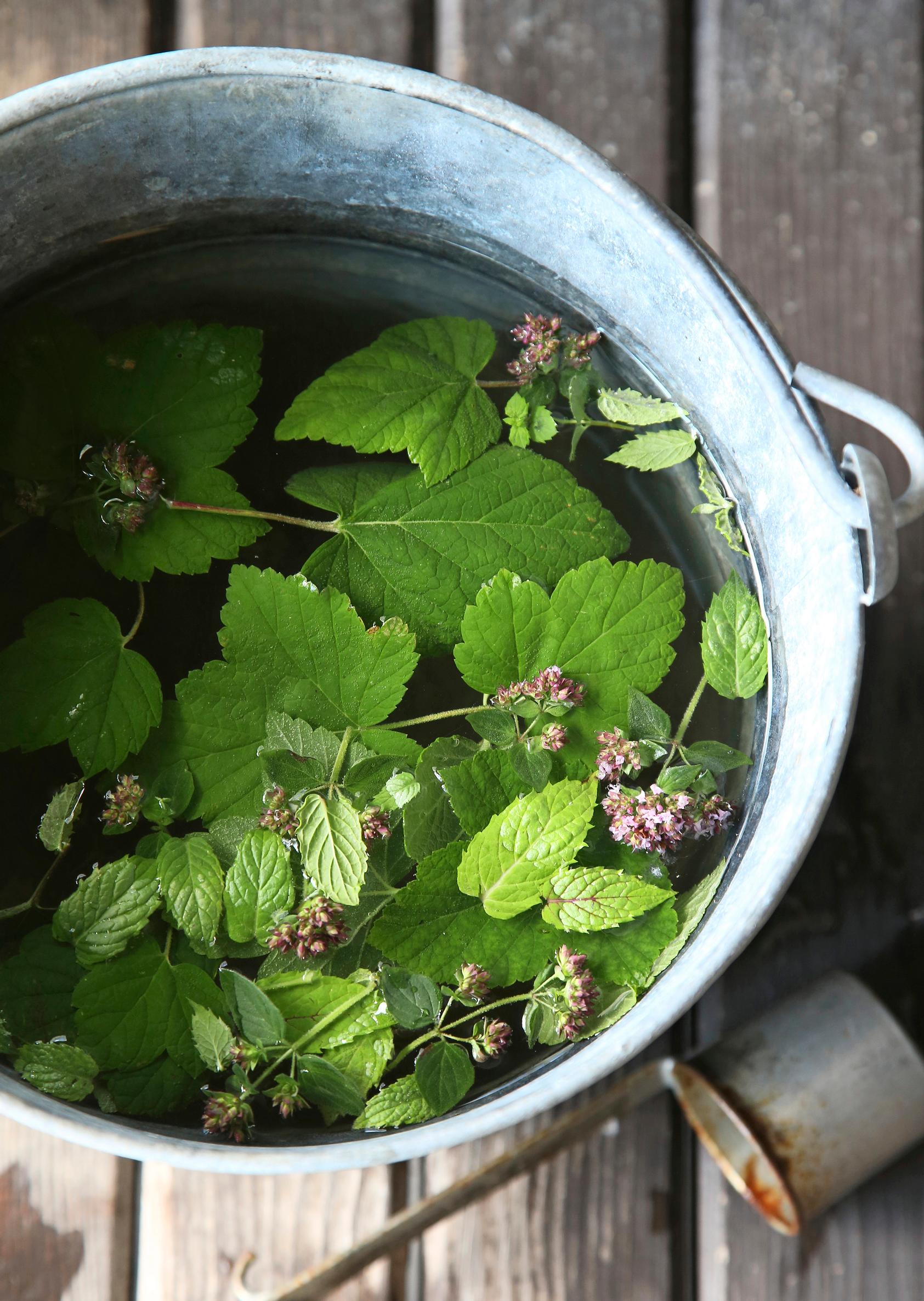
Forest-fresh glow—gather face mask, scrub, or oil ingredients from your own yard
Finnish forests and fields are full of treasures that nurture your skin. You can create your own cosmetics using amazing ingredients from your cottage yard or forest, and treat yourself to nature’s fabulous elements.
Many of the most powerful ingredients in cosmetics come from nature. Northern plants are especially resilient, giving us treasure troves right outside our doors. Their remarkable benefits stem from the short growing season and long daylight hours that force them to store exceptional amounts of energy and nutrients.
For centuries, using common plantain poultices, resin ointments, and birch bath whisks has been common in Finnish skincare practices, though their effects were once attributed mainly to belief. Today, many of these folk remedies are supported by research.
Due to cost, shelf life, and hygiene factors, these active ingredients aren’t always harvested directly from the forest; many can be cultivated in labs instead. However, authentic natural extracts are still sourced, often as by-products of other industries.
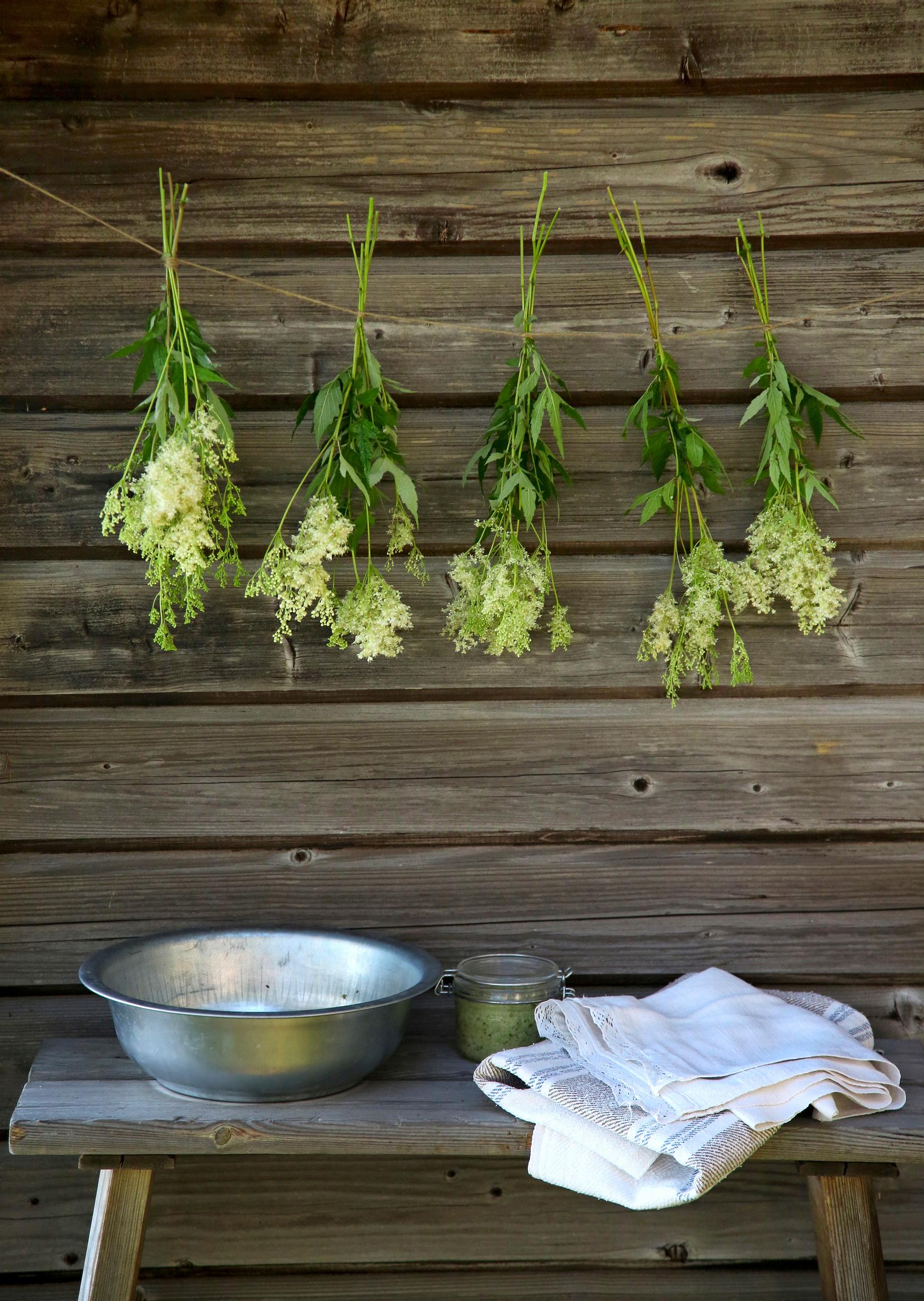
For a summer sauna or a relaxing cottage spa moment, try salt scrubs, masks, bath soaks, and skin-nourishing oils enhanced with herbs and other forest finds.
You can also gather herbs and plants in the summer for winter sauna sessions. Tie them in bundles and hang them to dry, or spread them on baking paper at room temperature or use a dehydrator. It’s best to store both garden-grown and wild herbs in dried form, then prepare your scrubs, oils, and baths as needed.
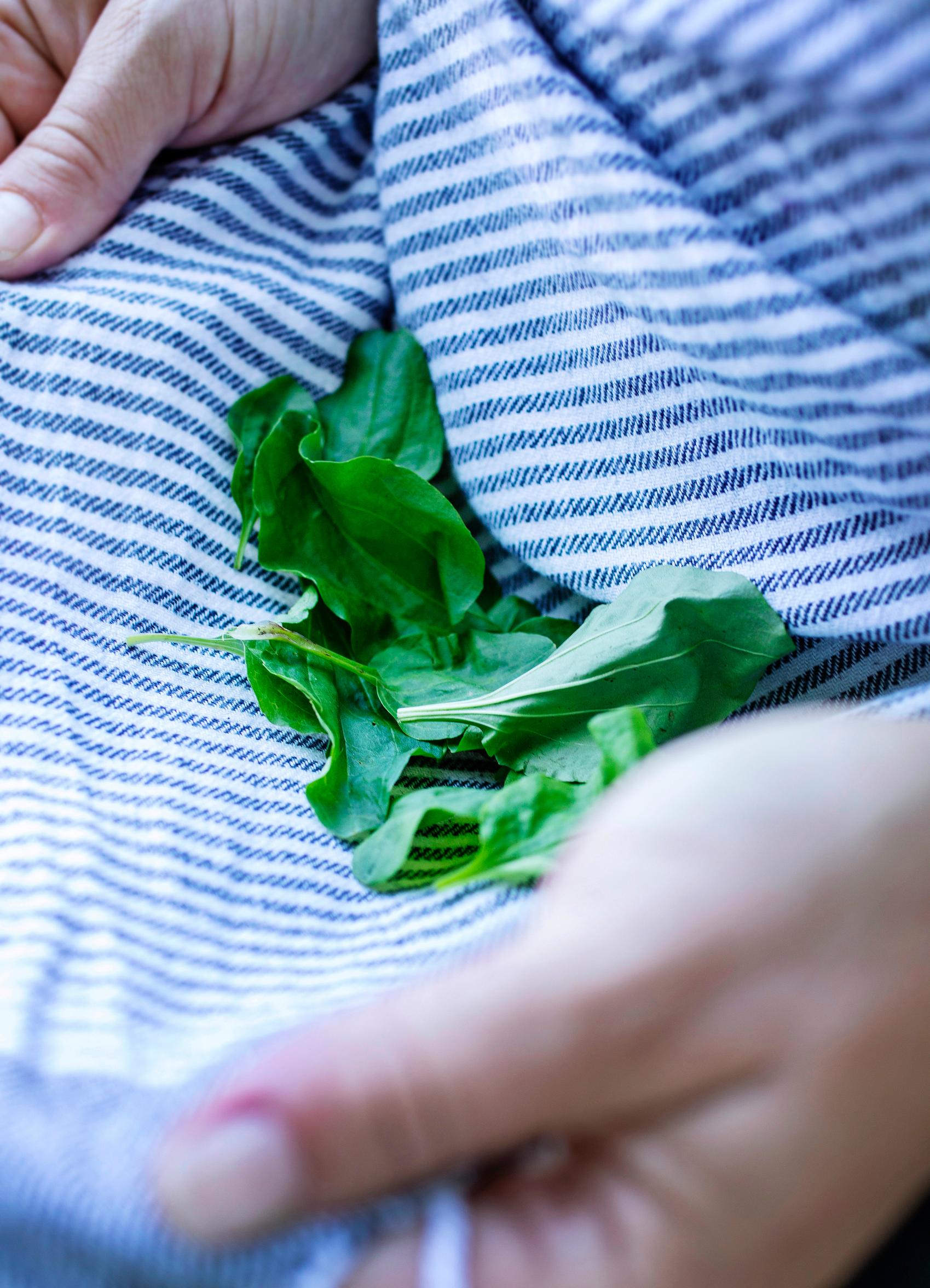
Pine
Pine bark, often obtained as a by-product of the forest industry, is processed into an extract containing antioxidant polyphenols. These potent antioxidants protect cells from oxidative stress caused by free radicals, which can lead to visible skin aging.
This antimicrobial pine bark extract also contains vitamins C and E, as well as calcium, iron, and zinc—all essential for healthy skin.
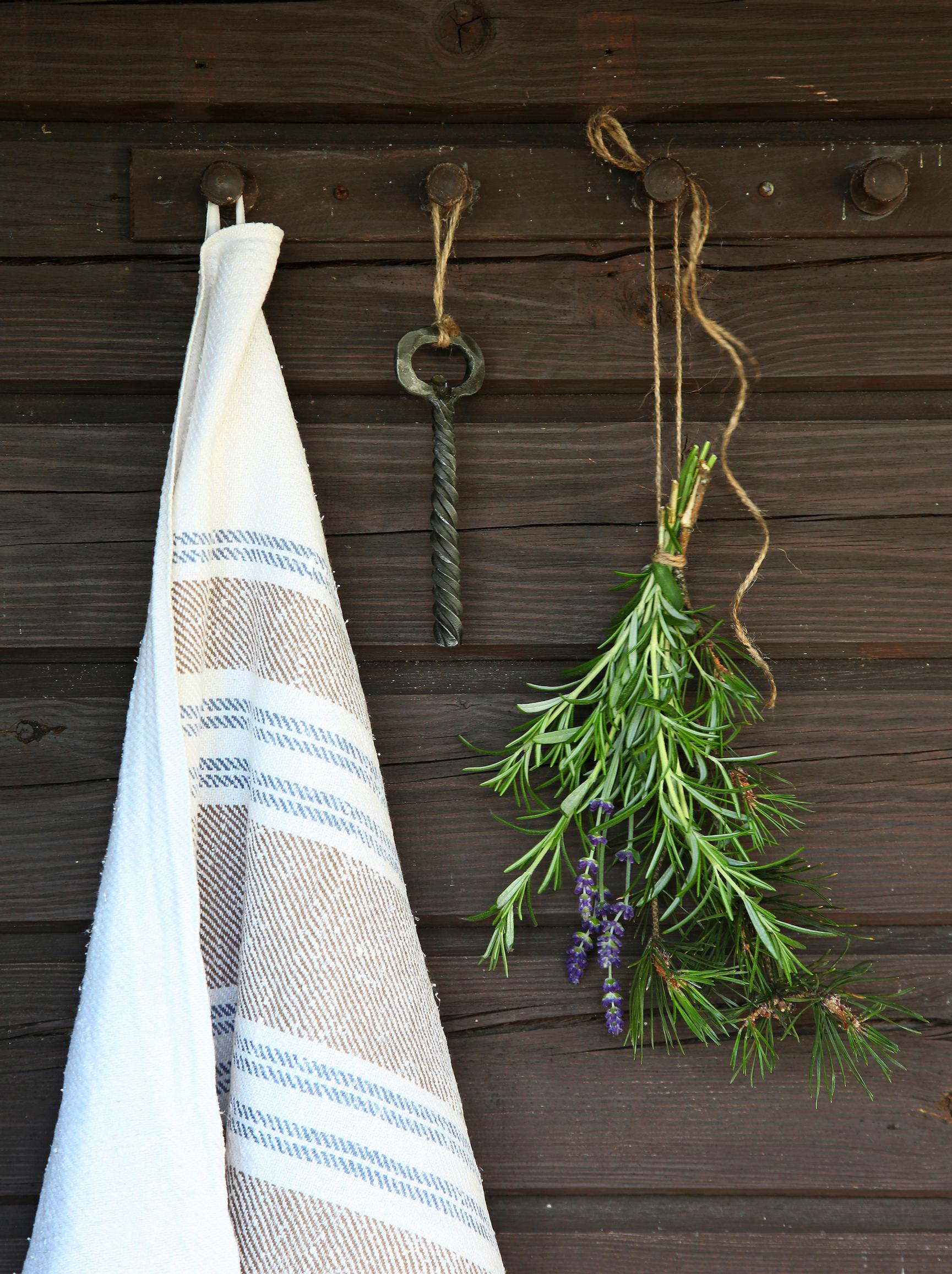
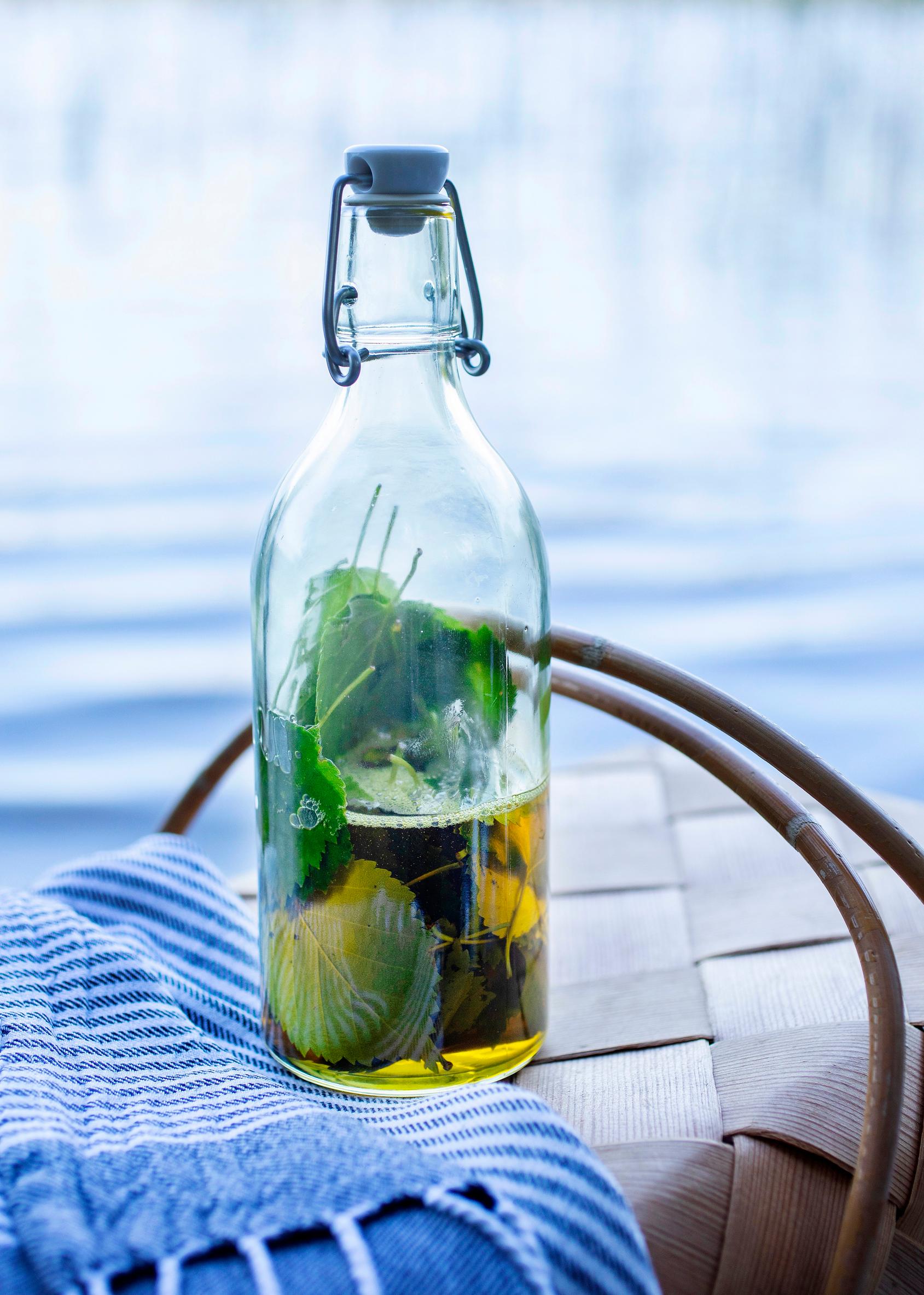
Birch
A birch whisk, used to gently whip the body in the sauna, is the most common homemade Finnish cosmetic product. The saponins in birch leaves act like a mild soap, and the essential oils help ease muscle and joint pain. Whisking exfoliates the skin and boosts circulation. Besides whisks, birch leaves are also used in massage oils, baths, and scalp treatments.
Industrially made cosmetics often use birch sap more than leaves. In the past, the minerals and trace elements in sap were used in compresses or toners for rashes and irritations. Today, birch sap’s softening, smoothing, cell-renewing, and moisture-balancing qualities are especially prized for creams and cleansers.
Birch leaf oil for tired or sore muscles
Ingredients:
- birch leaves
- flaxseed oil.
How to make birch leaf oil
- Fill a clean, sterilized (by boiling or heating in the oven) glass jar or bottle with freshly washed birch leaves from spring or early summer. Pour in as much flaxseed oil as it will hold, fully covering the leaves.
- Seal tightly with a lid or cork.
- Let it sit for a few weeks in a spot protected from light and heat.
- Massage into tired muscles. The intoxicating scent of birch oil is even rumored to smooth cellulite. The oil will last a couple of months if kept away from heat and light. If it starts smelling rancid, it’s time to discard it.
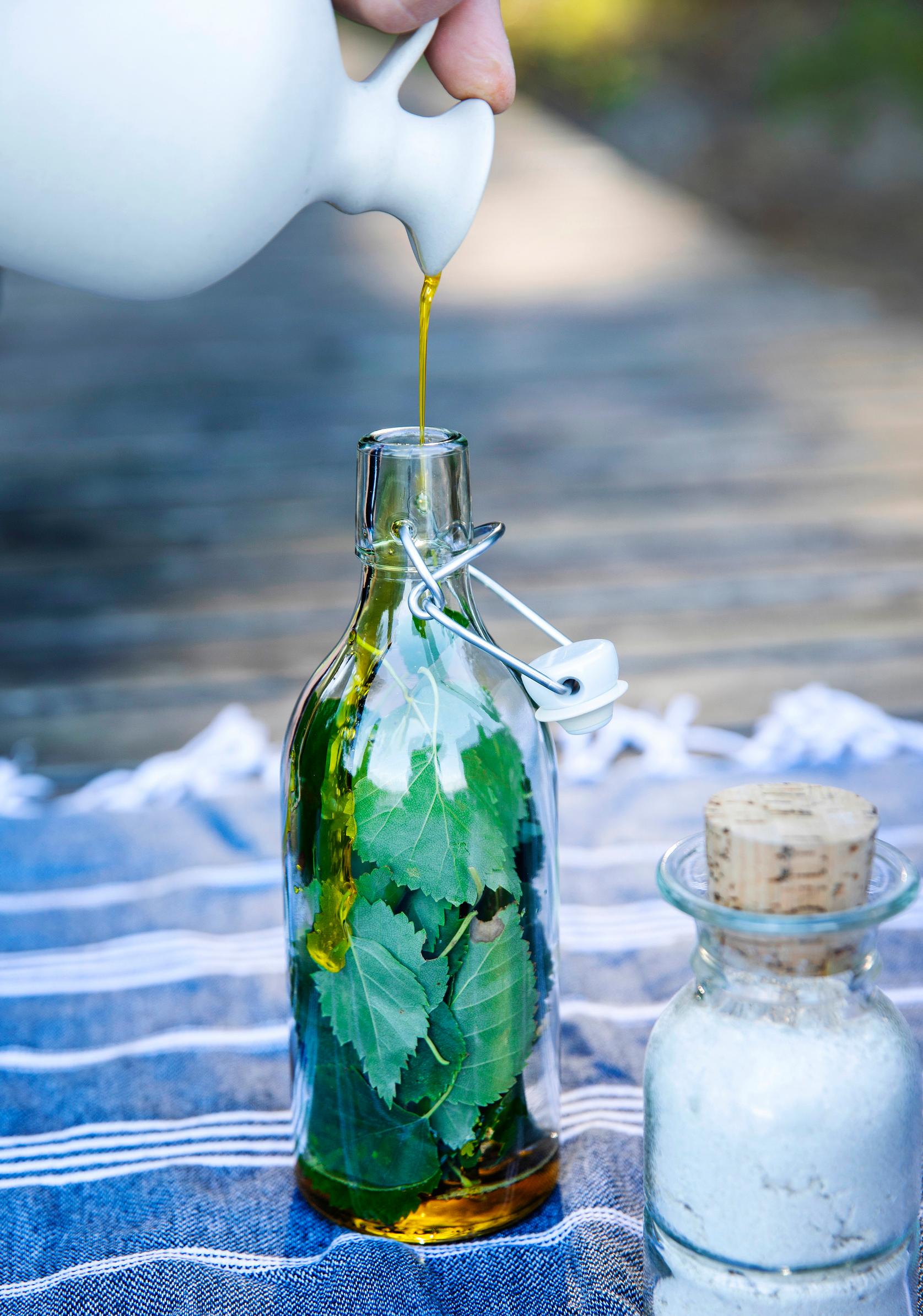
”Natural cosmetics should be used right away, as they spoil quickly without preservatives.”
Spruce
Spruce provides antioxidant-rich tips and resin. When a spruce is damaged, it releases resin to protect and heal. Its resin acids help inhibit bacterial growth on the skin, and its lignans speed up the healing of skin injuries.
Traditionally, spruce resin and salves made from it have been used for insect bites, burns, rashes, scrapes, abscesses, and infected wounds. If you get a splinter, applying spruce resin ointment can help draw it out into the bandage overnight.
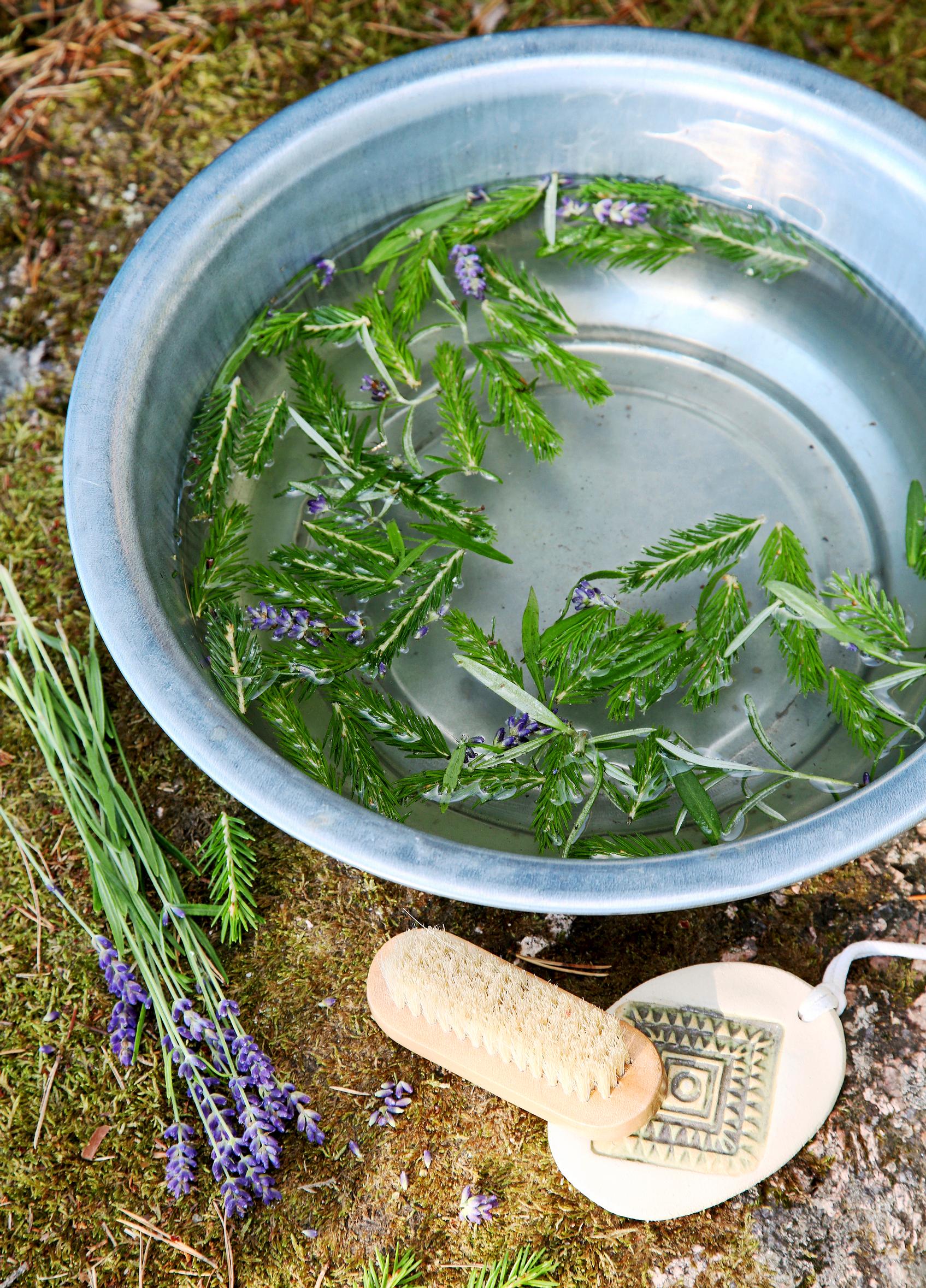
Chaga
Chaga extract has long been used in Russia for conditions like psoriasis and atopic dermatitis. It boasts antioxidant and anti-inflammatory properties and is exceptionally rich in nutrients. In cosmetics, chaga not only helps reduce inflammation but also revitalizes and brightens dark pigmentation spots, making it ideal for anti-aging formulas.
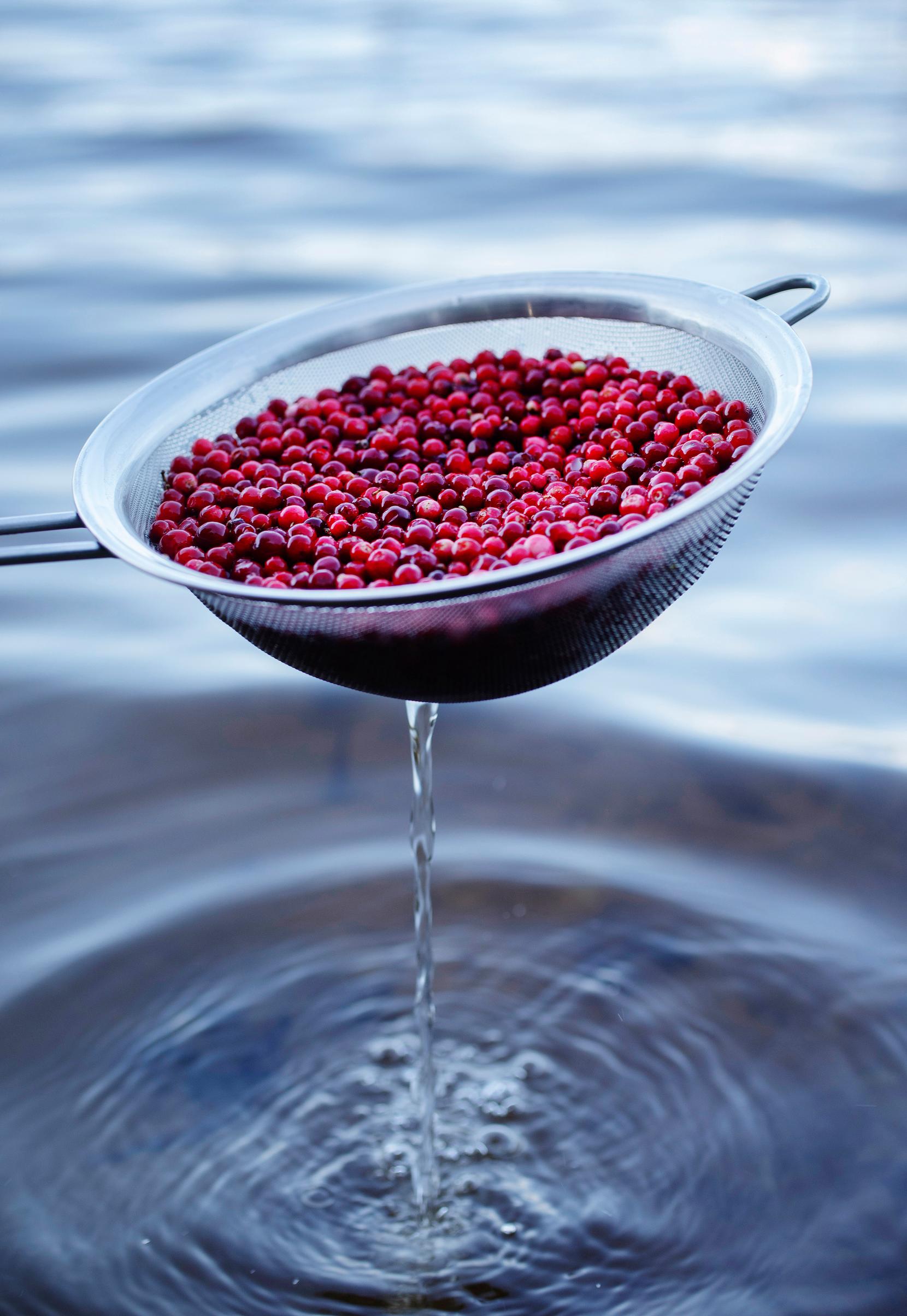
”Homemade cosmetics are also eco-friendly, so you can safely rinse them away at your cottage shore.”
Forest berries
The cosmetics industry puts cloudberry, sea buckthorn, blueberry, bearberry, and cranberry to good use—Finnish super-berries that, along with their stem cell extracts and seed oils, contain flavonoids, vitamins A, C, and E, plus omega fatty acids to nourish the skin holistically. They protect against external damage and premature aging, encourage cell renewal and collagen production, and help balance the skin’s microbiome. These components also reduce inflammation while brightening, moisturizing, cleansing, and strengthening the skin.
Perhaps the most commonly used Finnish berry in beauty products is the lingonberry. Its leaves contain arbutin, which helps reduce redness, while the berry itself provides protective, smoothing quercetin, vitamins, and seed-based omega fatty acids for healthy skin.
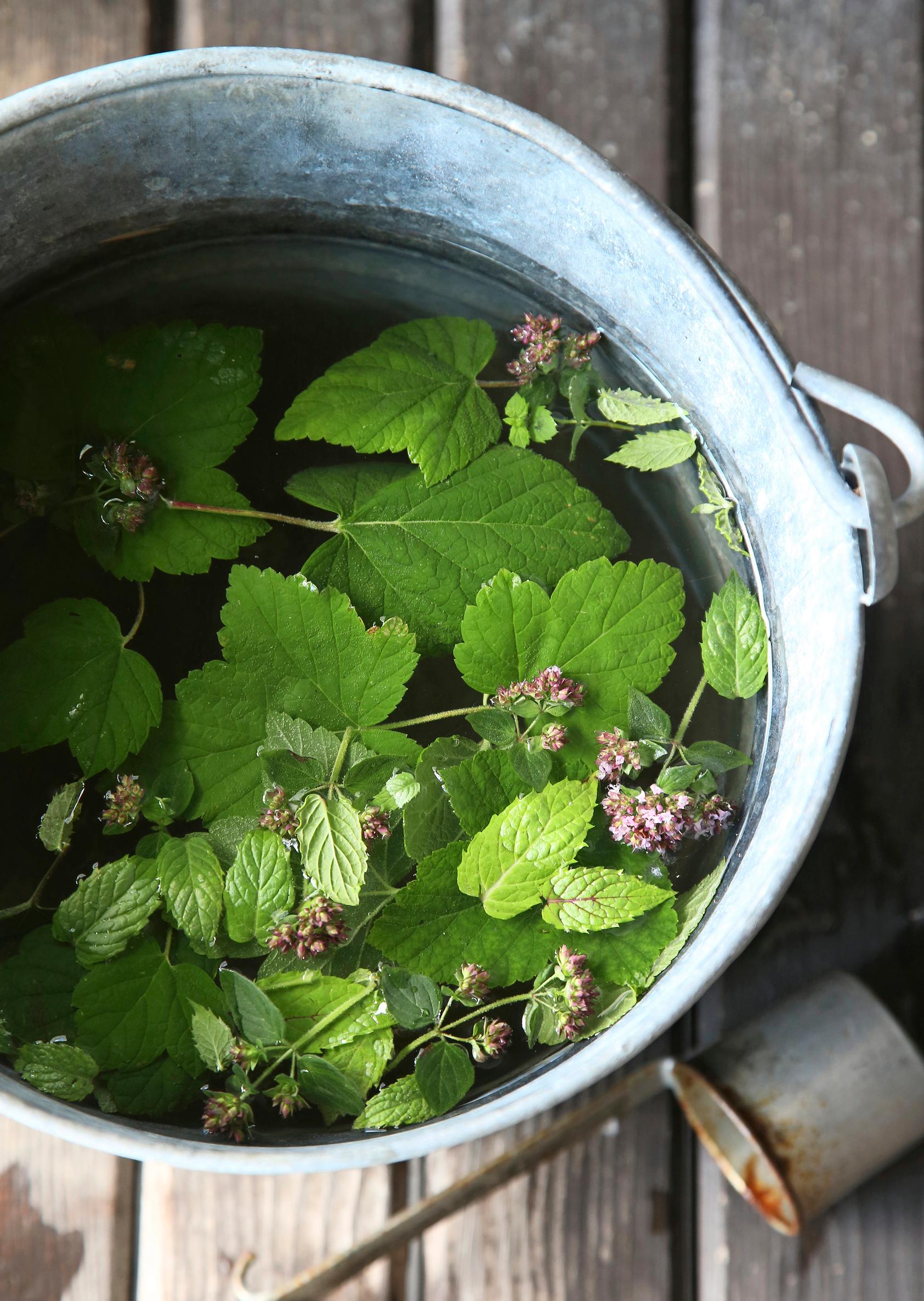
Softening blueberry scrub for face and body
Ingredients:
- blueberries
- crystallized honey.
How to prepare the blueberry scrub
- Gather a small bowlful of blueberries.
- Mash the berries with a fork. Stir in a few tablespoons of crystallized honey.
- Massage onto your skin while fresh, then rinse.
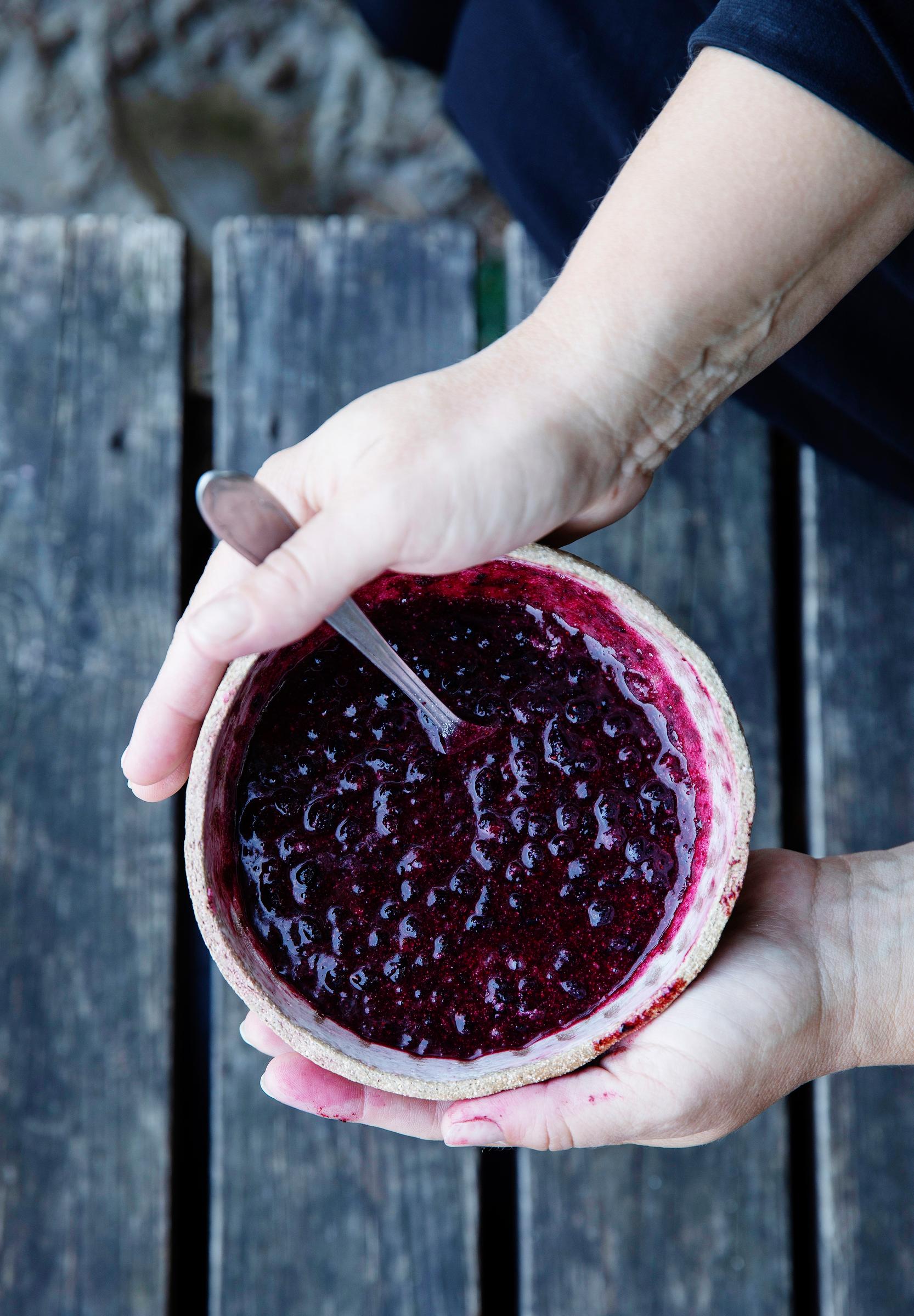
Brightening and refreshing lingonberry mask
Ingredients:
- lingonberries
- oatmeal
- one egg.
How to prepare the lingonberry mask
- Gather lingonberries in a small bowl until it’s about half full.
- Mash the berries with a fork. Stir in the egg.
- Add enough oat flakes to form a porridge-like consistency.
- Smooth it over your face, neck, and décolletage.
- Let it sit for 10–15 minutes, then rinse.
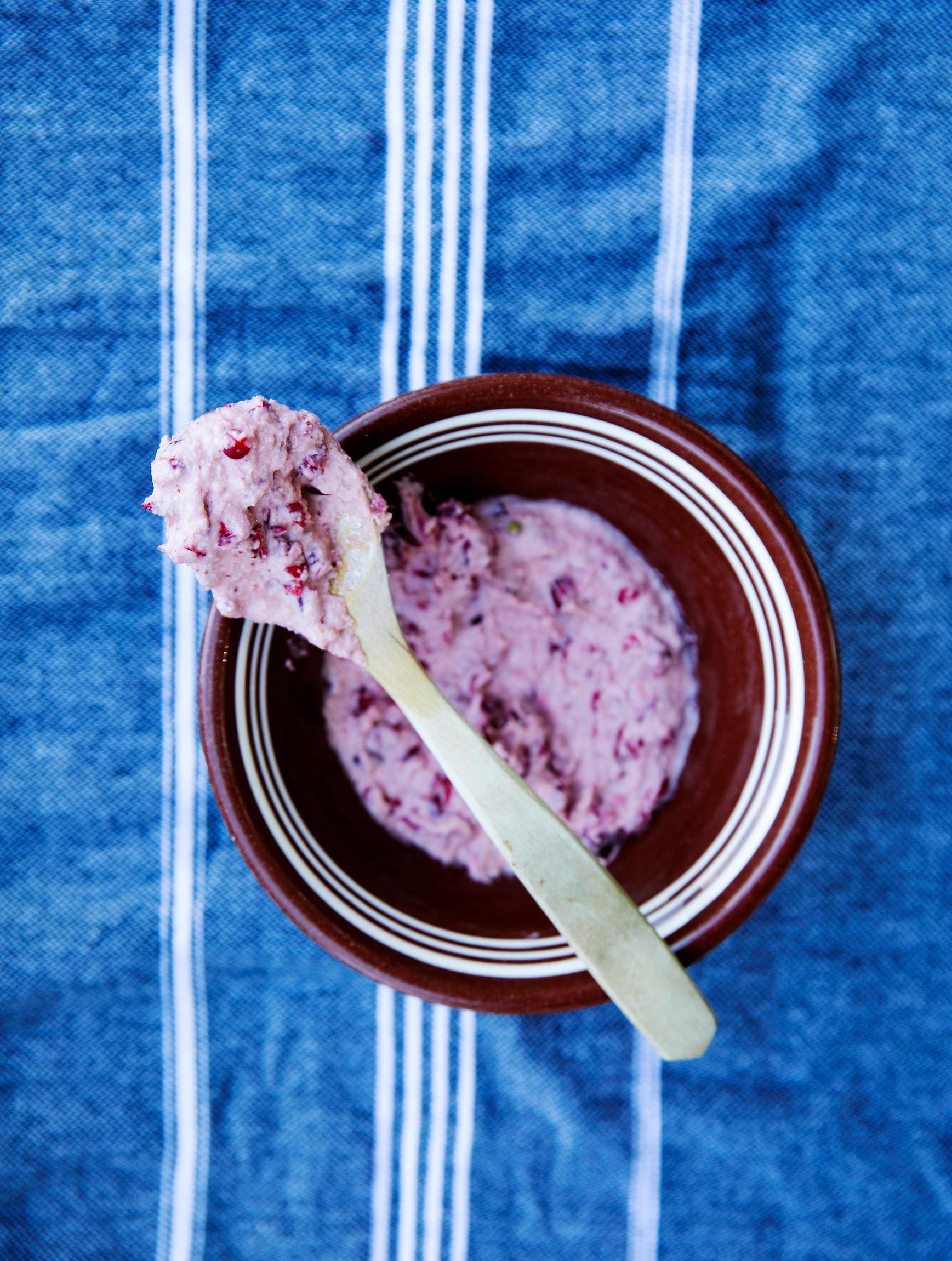
Wild herbs and flowers
Each plant’s essential oils can have different effects on the body, so it’s worth researching which herbs and plants suit your needs. For instance, lady’s mantle disinfects, calendula soothes, and meadowsweet is believed to reduce pain and inflammation.
Nourishing and calming calendula oil
Ingredients:
- calendula petals
- extra virgin olive oil.
How to prepare calendula oil
- Place calendula petals in a clean, sterilized (by boiling or heating in the oven) glass jar or bottle. Fill it with extra virgin olive oil.
- Let it sit for a few weeks, then use it as a skin oil or in other homemade cosmetics.
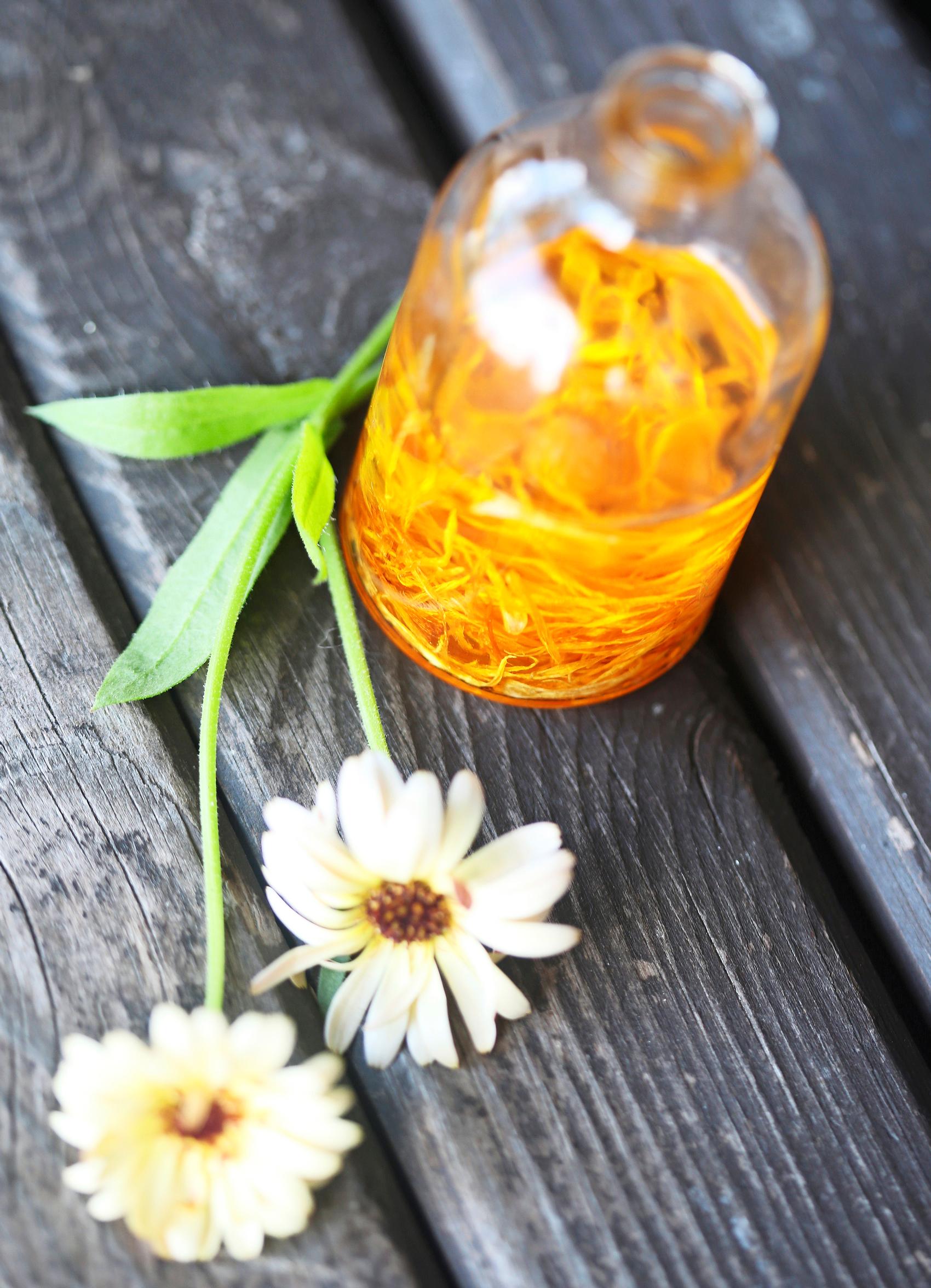
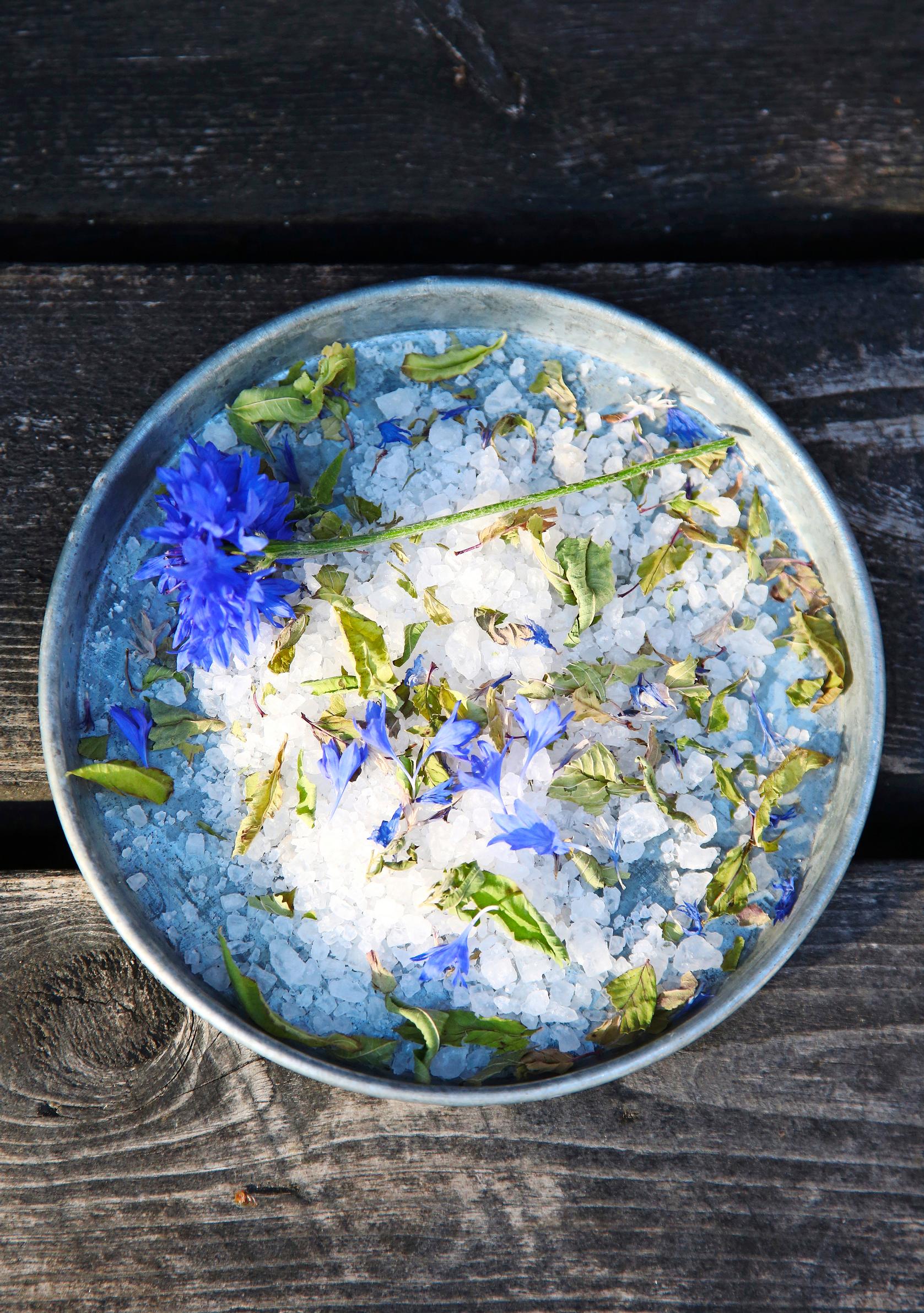
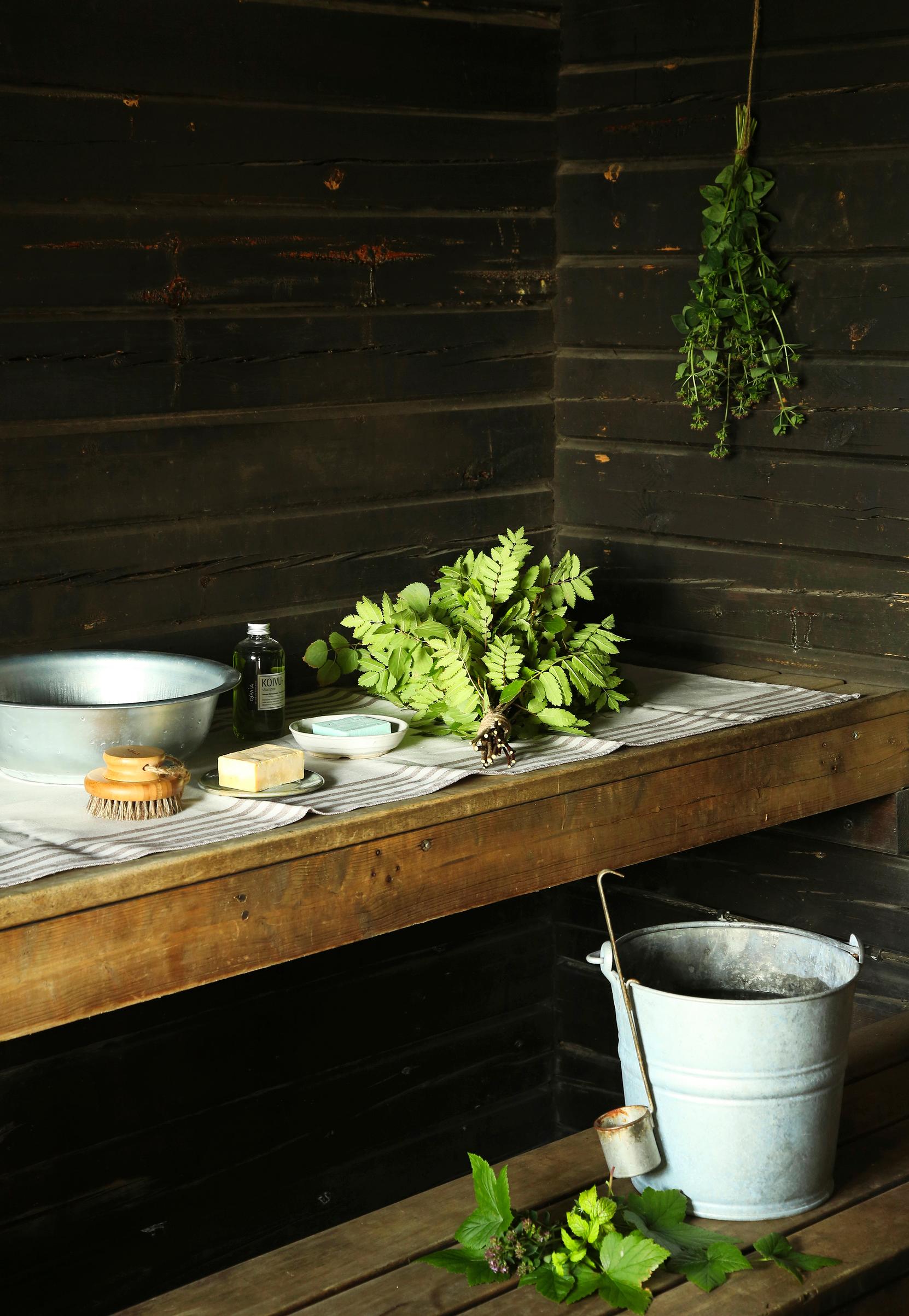
Sources: University of Turku press release 5/8/2015: Männyn yhdisteistä apua syövän hoitoon ja torjuntaan ('Pine compounds for cancer treatment and prevention') (Doctoral dissertation: MSc Lauri Polari, 5/13/2015, cell biology and anatomy)
Presentation: Terveyttä ja kauneutta Pohjolan marjoista ('Health and beauty from Nordic berries') , Docent Riitta Puupponen-Pimiä, VTT, Nature Centre Siida, Inari 3/2/2016
Source: Metsään, May 10, 2017 / Jenni Juntunen: Kosmetiikkaa suomalaisesta metsästä – 5 arvokasta raaka-ainetta ('Cosmetics from a Finnish forest—5 valuable ingredients')


